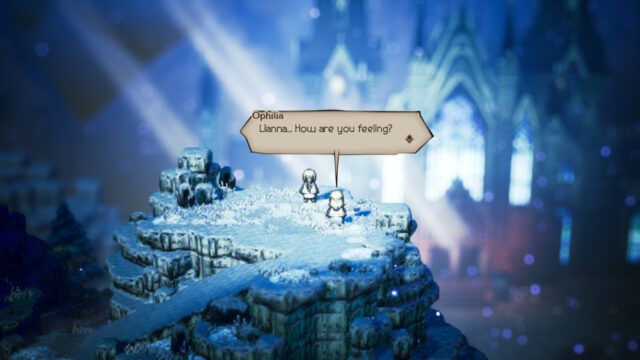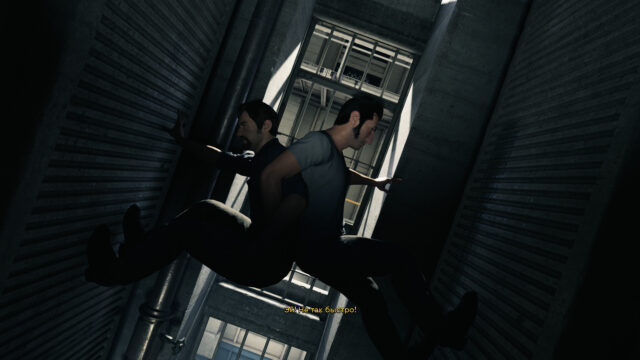Prepare 2Die – Salt and Sanctuary Review
Our story about Salt and Sanctuary will be unique in its kind. It will not start with a mention of a famous Japanese series, it will not emphasize the similarity to another famous Japanese series, and it will not once accuse the game of lacking originality. Is there even a reason for that? The project from Ska Studios is a solid dark fantasy about bonfires, boss battles, rolls, precise parrying, and constant deaths. Just like… Oops.
Okay, okay. It’s unlikely that Salt and Sanctuary can be described better than through comparisons.

No matter how you spin it, it’s true. Dark Souls, the side view – and the authors themselves do not deny this title either. On the contrary, they want the “soulful” fans to feel at home while also experiencing something new. The main elements are intentionally made recognizable, but occasional changes here and there prevent the game from being labeled as a pathetic clone. The term “skilled imitator” would be much closer to the truth.
In essence, there are few differences: we slay monsters, collect their souls (sorry, salt), and try to bring our accumulated wealth to the nearest bonfire (sorry, sanctuary), where we upgrade ourselves, become stronger, and replenish our supplies of healing potions. Well, and we die a lot, that’s inevitable. Sometimes due to terrible controls, sometimes because of a gamepad with stiff buttons. It even happens that the game deliberately narrows hitboxes so you can’t progress further. But you never die due to your own stupidity and incompetence, mind you. And it’s definitely not an excuse!
In general, yes, the challenge and the accompanying frustrations that players and Twitch audience adore in Dark Souls are present. However, this applies to battles with regular mobs to a much lesser extent. The combat here is not as multifaceted – for understandable reasons, you can’t slice circles around enemies – so the difficulty had to be calibrated according to the 2D realities. Most of the time, the “small fry” can be easily dispatched with a couple of strikes and might only catch you off guard if they jump out of ambush.
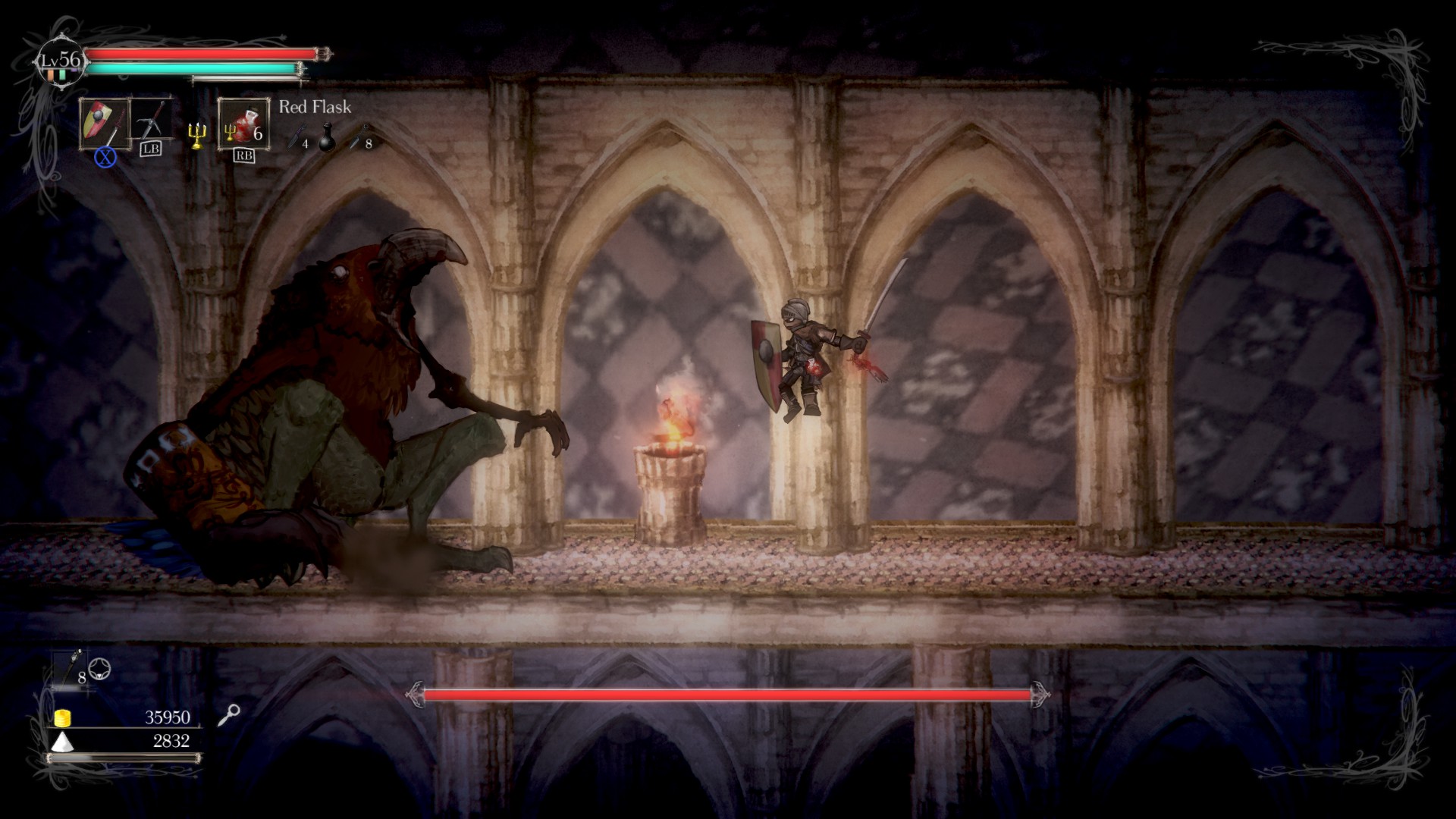
But the bosses in the game go all out. They are just like adults: series of special moves, telegraphed attacks, massive life bars – and a lot of memorization. There are at least a couple of specimens that make you squirm in your chair, overcoming sudden combos, and trembling hands drink potions to recover from missed hits. But defeating them is much more enjoyable than slicing through the helpless minions, whom you often want to arrogantly run past.
In those rare moments when we are not being attacked by zombies and giant griffins, Salt and Sanctuary deviates slightly from its original concept, offering something of its own or drawing inspiration from other sources. For example, the exploration of the map leans more towards traditional “metroidvania” – a decision that turned out to be remarkably successful. The mechanics, with a significant amount of platforming and abilities that unlock access to specific areas, provide the two-dimensional world of the game with the necessary branching and unpredictability. The ecstatic “wow” upon discovering another shortcut or secret sanctuary would be irreplaceable.
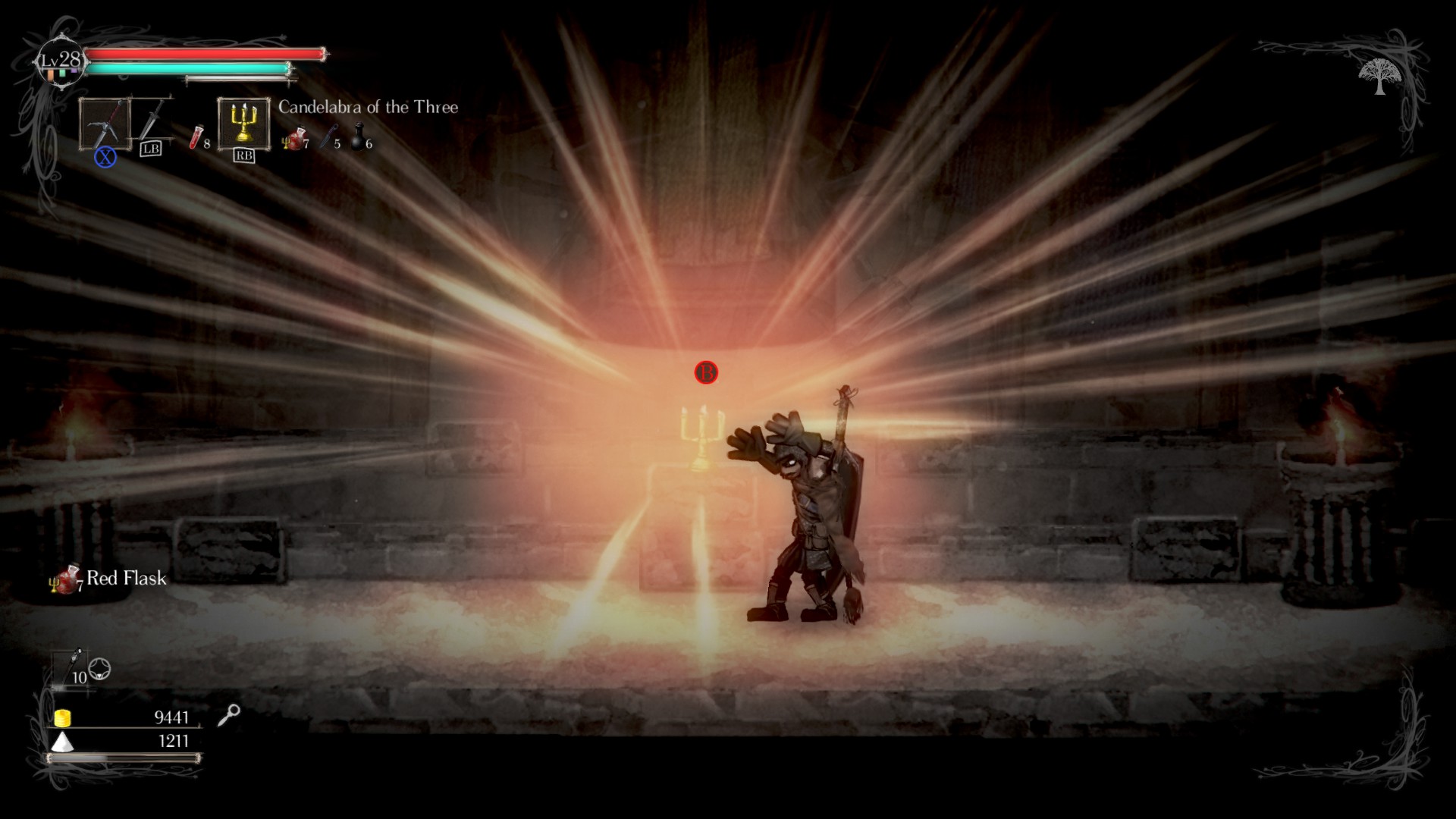
By the way, sanctuaries can be tied to the local equivalent of covenants and used to offend competitors based on their religious beliefs.
Speaking of the latest ones, instead of pre-prepared hub locations, they actually represent free living spaces that we ourselves must populate with the necessary NPCs. Blacksmiths, merchants, alchemists, travelers – they all come strictly after the corresponding figurines are applied to the altar. However, such micromanagement does not lead to any special consequences and seems frankly unnecessary. No one will suffer from a lack of a trainer in a remote camp, nor will it be profitable to have a priest on every corner. Shortcut usually connects sanctuaries closely enough so that everything you need is at hand.
The hero’s leveling system also looks somewhat strange. The skill tree strongly resembles the one in Path of Exile and is equally flexible – that is, almost not at all. It is possible to retrain into another class if desired, but it will take a long time and effort to bend the branch of characteristics in the desired direction and waste a lot of experience points in vain. Therefore, it is better to choose the starting profession wisely, and even better – knowing that the most beautiful, successful, and popular users in Salt and Sanctuary become users of two-handed weapons and magic. That’s the balance of builds.
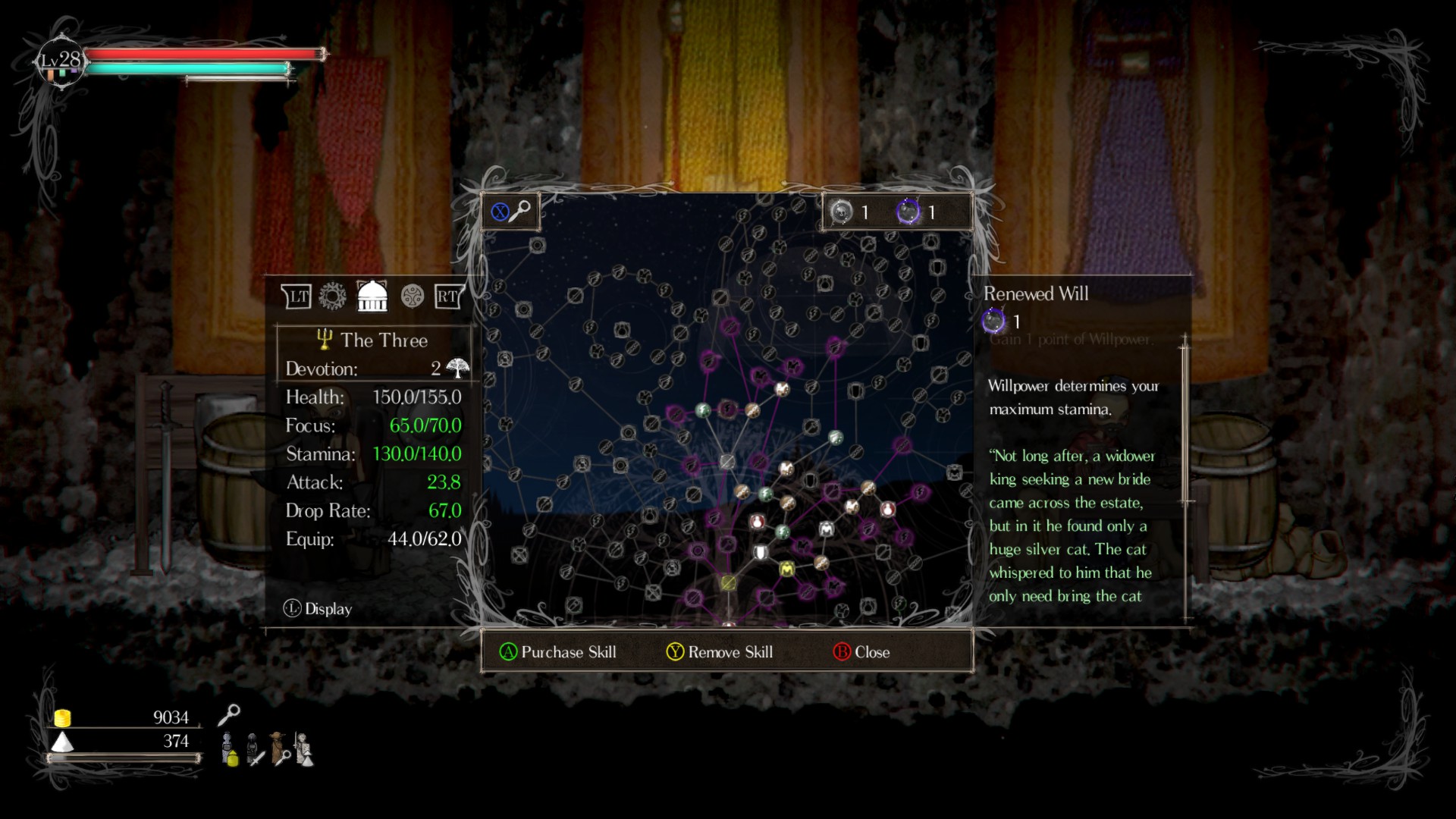
But enough about the gameplay. Its developers have more or less captured and adapted it, but in everything else their game noticeably falls behind. The Souls series, if anything, is not only known for its combat. For example, it has an extensive universe where every detail, down to a poker in the ass of the last corpse, has its place and allows you to learn something about the darkness around. And the lore there has a stronger impact on our actions than it may seem from the outside.
Salt and Sanctuary is like, “Well, you’re the nameless hero, and this is, uh, an island, and on it, um, enemies that… Can we go kill someone already?” Much is clarified during the playthrough, of course, but it doesn’t create a cohesive and convincing world like FromSoftware’s. Moreover, we are kept in the dark for too long, and hacking through faceless hordes for an unknown goal is not the most engaging activity.
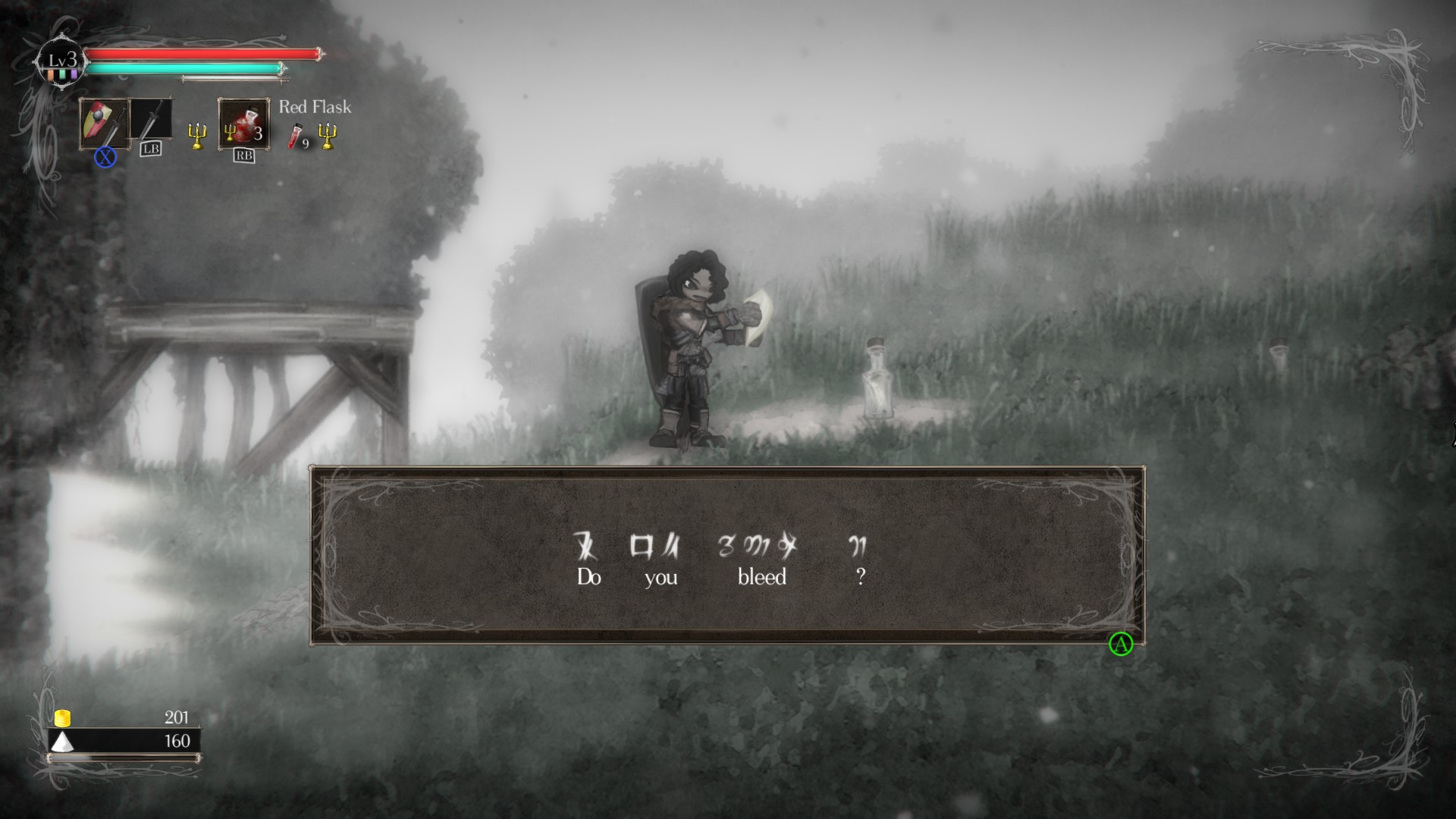
Other players share silly memes and false clues with you through messages in bottles.
To identify another problem with the game, no comparisons with the progenitor are needed anymore. It has a very, very strange visual style. We have certainly seen a lot, including the 2003 reboot of “Teenage Mutant Ninja Turtles,” but we still don’t understand why Ska Studios mixed dark brutality with characters from Nickelodeon cartoons. The art itself is of good quality, and the atmosphere is quite decent, but no matter what, it is impossible to take the bug-eyed little people seriously at all.
The main drawback of Salt and Sanctuary is that it cannot hold attention until the very end. Motivation ends exactly at the moment of saturation with the combat system, and it lasts for about two-thirds of the game. There is nothing else to grab onto: the plot is overly superficial and obscure, experimenting with classes and loot is boring – even the level design is relatively standard and holds no surprises.

Only a full-fledged cooperative can save you from premature oblivion. Provided, of course, that your friends live within the range of a wireless controller, as online co-op mode is not available here. And it’s a shame, it should be noted.
In other words, the flat view of the Souls mechanics turned out to be interesting but somewhat bland. Salt and Sanctuary too clearly emphasizes the action side of the process, which is not flawless enough to carry the entire game.
Share
Discuss
More Reviews

